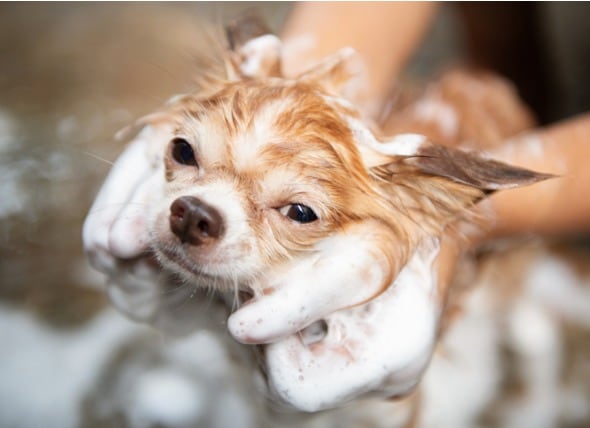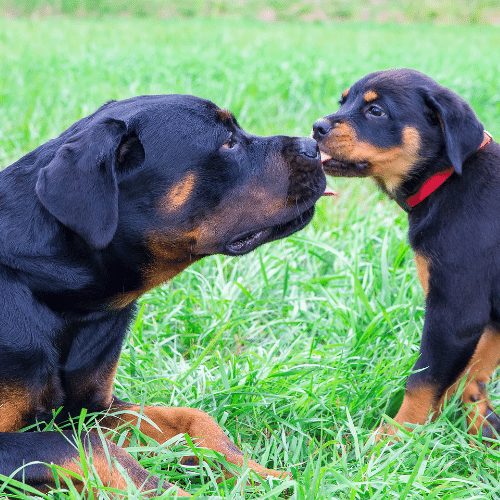Common bacteria in a dogs mouth
Common Bacteria In A Dogs Mouth. The predominant species of bacteria involved in infection of bite wounds were as follows. His two-year-old brother often let the familys dogs lick his hands and he also. The bacteria that are found within the mouth of pets with dental disease are the same bacteria associated with both. The study compared the bacteria cultured from oral swabs with the bacteria cultured from dog-bite victims to determine which bacteria in the dogs saliva were responsible for causing infections.

It is an uncommon cause of oral inflammation in dogs. Staphylococcus aureus Pasteurella multocida E. Here is a citation from a paper that should answer your question. The study compared the bacteria cultured from oral swabs with the bacteria cultured from dog-bite victims to determine which bacteria in the dogs saliva were responsible for causing infections. The predominant species of bacteria involved in infection of bite wounds were as follows. According to the study Staphylococcus aureus E.
Two patients had four 3 had three 4 had two and 6 had one of the nine organisms in their wounds.
Though scientific evidences have proved that dog saliva can inhibit certain bacterial growth like that of Ecoli and certain strains of Streptococcus but there a variety of other bacteria in dog mouth that are found to be quite harmful for both the pet and its owner. Coli Moraxella species Pasteurella canis. Signs include mouth inflammation bad breath drooling refusal to eat and bleeding or open sores on the tongue or mucous membranes. The bug responsible was Capnocytophaga canimorsus a bacteria commonly found in the mouths of dogs and cats. It turned out he had meningitis caused by Pasteurella multocida another pathogen common in cat and dog mouths. One or more aerobic bacteria were isolated from the infected dog-bite wounds.
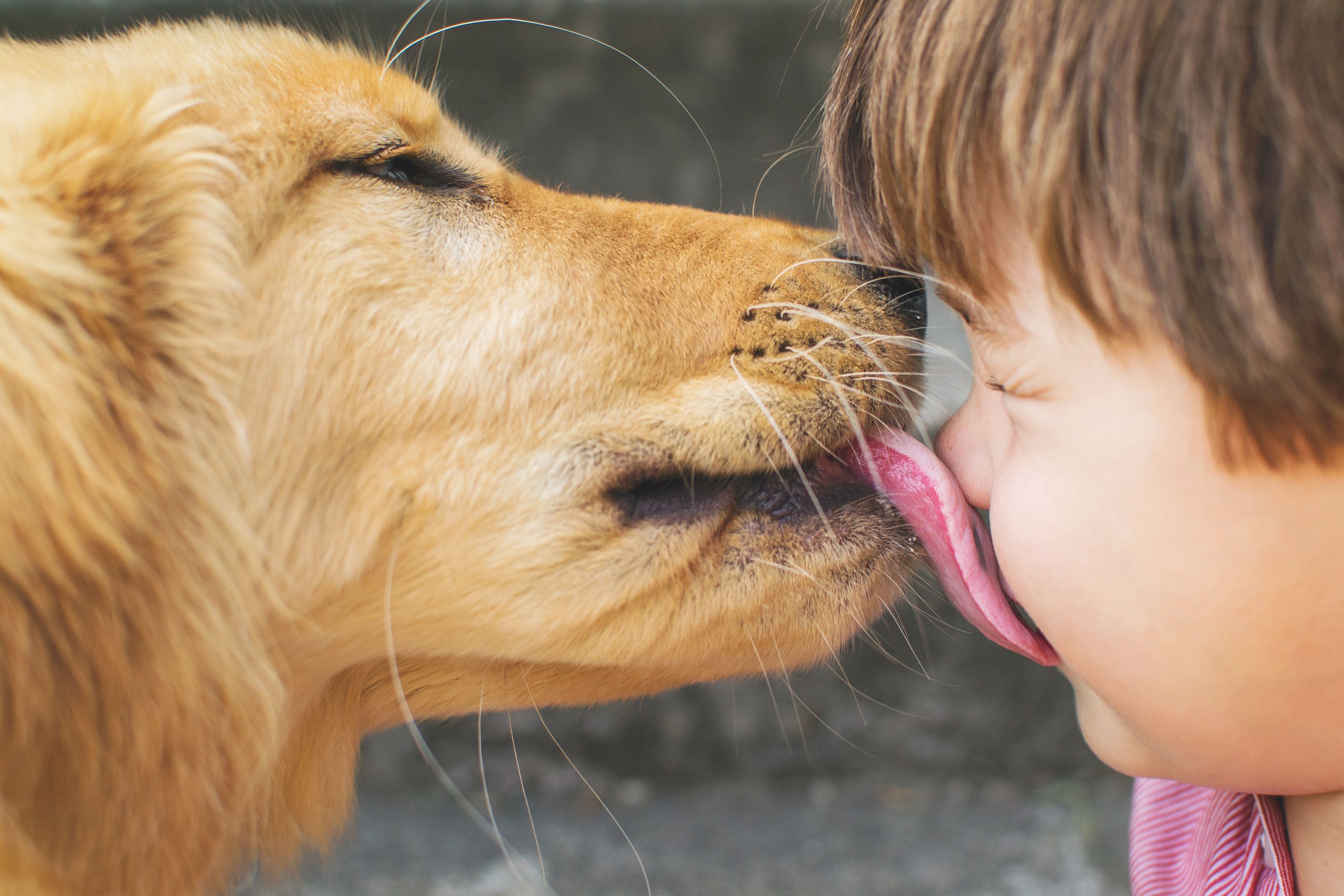 Source: goodhousekeeping.com
Source: goodhousekeeping.com
Coli Pasteurella multocida Moraxella spp Pasteurella canis and Enterobacter cloacae were the most common bacteria. Doctors diagnosed her as having sepsis aka blood poisoning which they were finally able to trace back to one thing. Up to 74 percent to dogs and 57 percent of cats have some form of capnocytophaga in their mouths. These are gram negative anaerobic members of the Bacteriodes group. Aerobic and anaerobic subgingival bacteria were cultured and identified from 49 dogs and 40 cats with spontaneous gingivitis.
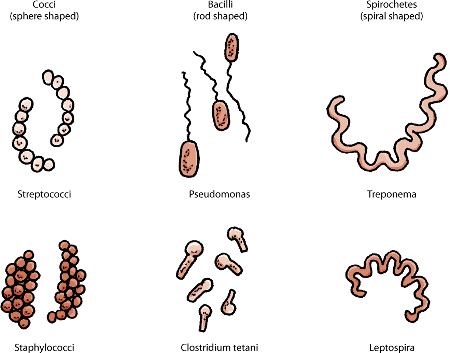 Source: merckvetmanual.com
Source: merckvetmanual.com
Capnocytophaga as hard to treat as it is to pronounce is a common bacteria. They are usually small aerobic bacteria. Table 1 shows common anaerobic bacterial genera isolated from 50 infected dog bite wounds. Aerobic and anaerobic subgingival bacteria were cultured and identified from 49 dogs and 40 cats with spontaneous gingivitis. Coli Moraxella species Pasteurella canis.
 Source: researchgate.net
Source: researchgate.net
Table 1 shows common anaerobic bacterial genera isolated from 50 infected dog bite wounds. They found that three kinds of disease-causing oral bacteria were especially prevalent in the dogs dental plaque. A list of just a few of the different bacteria types that can be found within the mouth of the healthy dog include. Here is a citation from a paper that should answer your question. Capnocytophaga canimorsus a bacteria that lives in dogs and cats mouths.
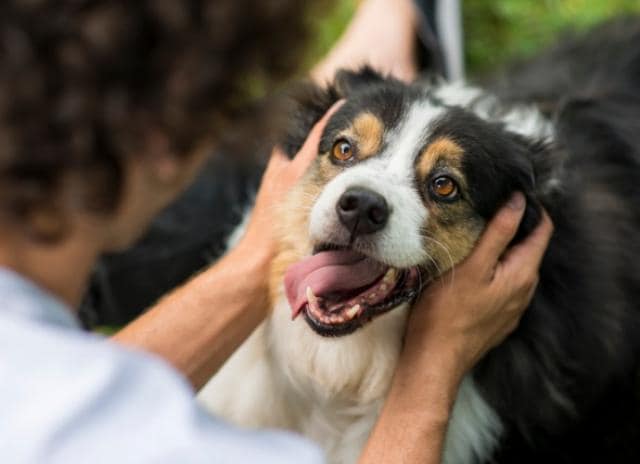 Source: petmd.com
Source: petmd.com
Gingivitis is caused by the accumulation of food particles and bacteria along the dogs gum line which form plaque. Coli Moraxella species Pasteurella canis. The most common anaerobic organisms in order of decreasing frequency included Fusobacterium nucleatum 16 Bacteroides tectus 14 Prevotella heparinolytica 14 Propionibacterium acnes 14 Prevotella intermedia 8 Peptostreptococcus anaerobius. Porphyromonas gulae which was found in 712 percent of the dogs samples. The bacteria that are found within the mouth of pets with dental disease are the same bacteria associated with both.
 Source: researchgate.net
Source: researchgate.net
Where your dog is concerned their bodies regulate the mouths bacteria levels when they are healthy and keep everything in balance. Viral infections such as rabies and norovirus and bacterial infections including Pasteurella Salmonella Brucella Yersinia enterocolitica Campylobacter Capnocytophaga Bordetella bronchiseptica Coxiella burnetii Leptospira Staphylococcus intermedius and Methicillin resistance staphylococcus aureus are the most common viral and bacterial. A list of just a few of the different bacteria types that can be found within the mouth of the healthy dog include. Staphylococcus aureus Pasteurella multocida E. When a pet develops dental disease significant quantities of bacteria reside within the mouth and the oral tissues.
 Source: dogtime.com
Source: dogtime.com
Meningitidis causes meningitis but most of the species in your mouth are harmless. Doctors diagnosed her as having sepsis aka blood poisoning which they were finally able to trace back to one thing. These bacteria can enter the bloodstream and travel to other areas specifically the heart liver and kidneys causing distant or systemic effects. Tannerella forsythia which was found in 773 percent of the dogs samples. It turned out he had meningitis caused by Pasteurella multocida another pathogen common in cat and dog mouths.
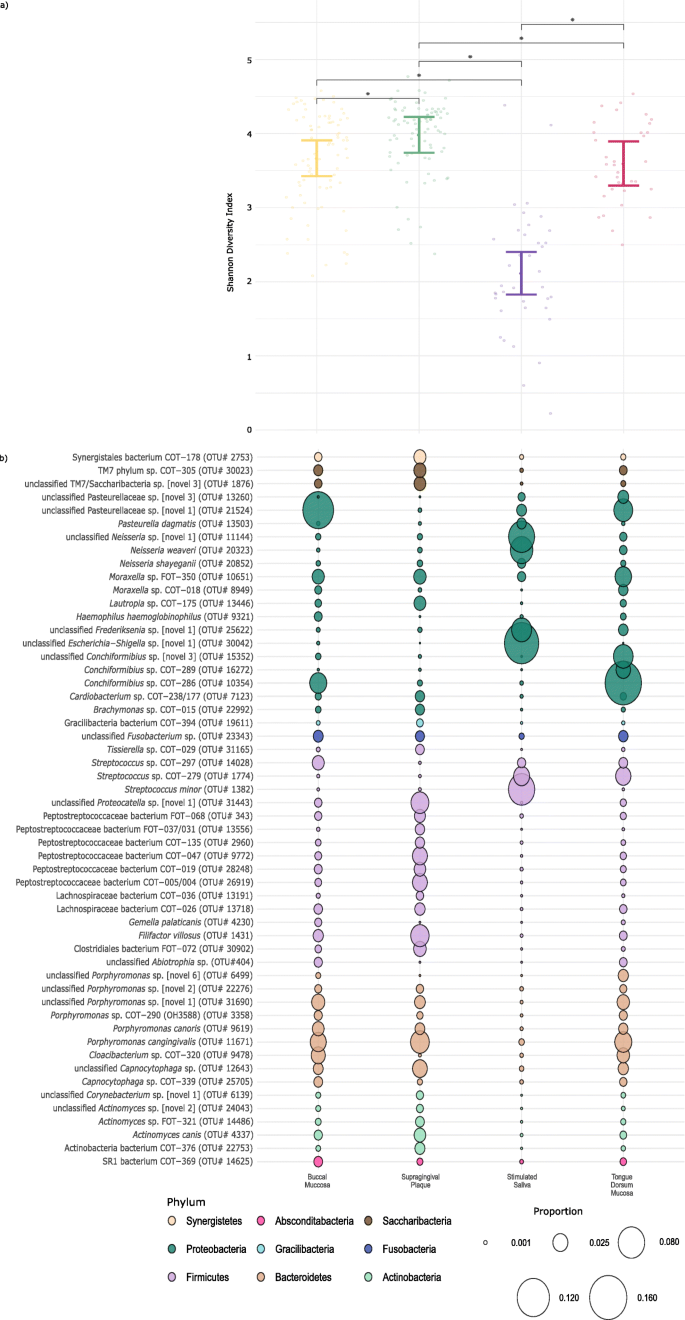 Source: bmcmicrobiol.biomedcentral.com
Source: bmcmicrobiol.biomedcentral.com
Recent news reports from Wisconsin about a rare infection spread by cats and dogs have caused concern among pet owners. The bug responsible was Capnocytophaga canimorsus a bacteria commonly found in the mouths of dogs and cats. The most common anaerobic organisms in order of decreasing frequency included Fusobacterium nucleatum 16 Bacteroides tectus 14 Prevotella heparinolytica 14 Propionibacterium acnes 14 Prevotella intermedia 8 Peptostreptococcus anaerobius. It turned out he had meningitis caused by Pasteurella multocida another pathogen common in cat and dog mouths. Signs include mouth inflammation bad breath drooling refusal to eat and bleeding or open sores on the tongue or mucous membranes.

The bug responsible was Capnocytophaga canimorsus a bacteria commonly found in the mouths of dogs and cats. Where your dog is concerned their bodies regulate the mouths bacteria levels when they are healthy and keep everything in balance. Neissria is a genus in the β-proteobacteria group. In fact dogs have more than 600 different types of bacteria in their mouths which is a similar number to the 615 and counting types of bacteria Harvard researchers have found in human mouths. The most common anaerobic organisms in order of decreasing frequency included Fusobacterium nucleatum 16 Bacteroides tectus 14 Prevotella heparinolytica 14 Propionibacterium acnes 14 Prevotella intermedia 8 Peptostreptococcus anaerobius.
 Source: jbs.camden.rutgers.edu
Source: jbs.camden.rutgers.edu
Gingivitis is caused by the accumulation of food particles and bacteria along the dogs gum line which form plaque. These are gram negative anaerobic members of the Bacteriodes group. Over 50 species of bacteria are regularly found on PCR evaluation of the normal flora of a dogs mouth. Neissria is a genus in the β-proteobacteria group. According to the study Staphylococcus aureus E.
 Source: npr.org
Source: npr.org
The bug responsible was Capnocytophaga canimorsus a bacteria commonly found in the mouths of dogs and cats. Capnocytophaga as hard to treat as it is to pronounce is a common bacteria. Coli Moraxella species Pasteurella canis. Pasturella staphylococcus streptococcus fusobacterium bacteroides and many others can be present. Recent news reports from Wisconsin about a rare infection spread by cats and dogs have caused concern among pet owners.
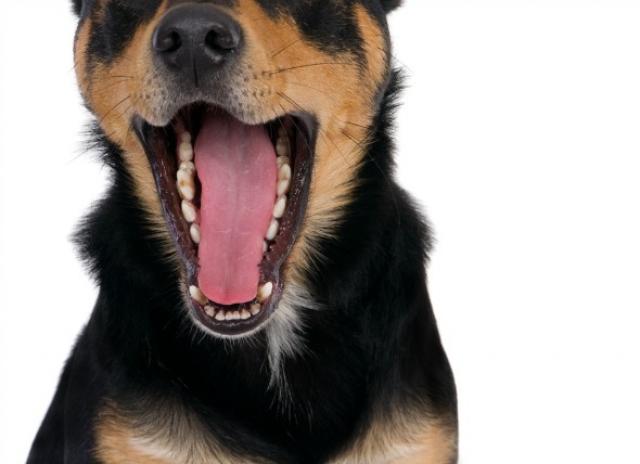 Source: petmd.com
Source: petmd.com
And Campylobacter rectus which was found in 667 percent of the dogs samples. They found that three kinds of disease-causing oral bacteria were especially prevalent in the dogs dental plaque. Two patients had four 3 had three 4 had two and 6 had one of the nine organisms in their wounds. Aerobic and anaerobic subgingival bacteria were cultured and identified from 49 dogs and 40 cats with spontaneous gingivitis. These bacteria can enter the bloodstream and travel to other areas specifically the heart liver and kidneys causing distant or systemic effects.
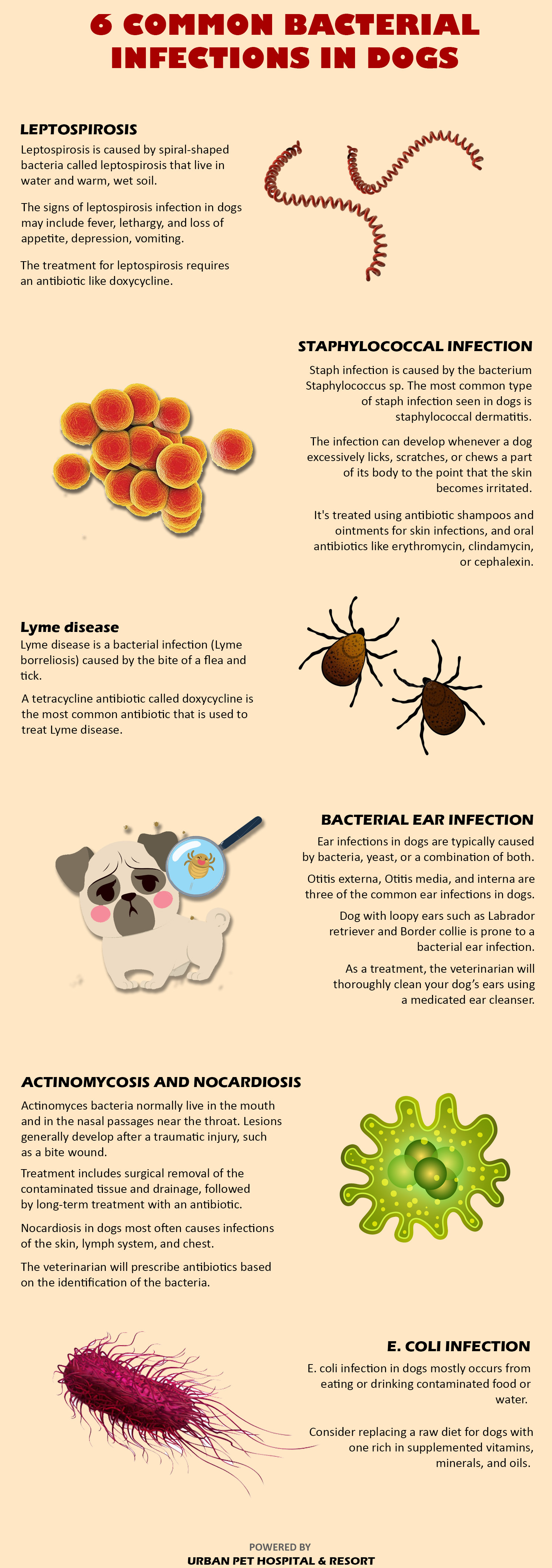 Source: urbanpethospital.com
Source: urbanpethospital.com
It is an uncommon cause of oral inflammation in dogs. It is an uncommon cause of oral inflammation in dogs. The most common anaerobic organisms in order of decreasing frequency included Fusobacterium nucleatum 16 Bacteroides tectus 14 Prevotella heparinolytica 14 Propionibacterium acnes 14 Prevotella intermedia 8 Peptostreptococcus anaerobius. Up to 74 percent to dogs and 57 percent of cats have some form of capnocytophaga in their mouths. Combined with saliva and minerals plaque hardens into tartar also known as calculus which irritates and inflames the gums.
If you find this site serviceableness, please support us by sharing this posts to your preference social media accounts like Facebook, Instagram and so on or you can also save this blog page with the title common bacteria in a dogs mouth by using Ctrl + D for devices a laptop with a Windows operating system or Command + D for laptops with an Apple operating system. If you use a smartphone, you can also use the drawer menu of the browser you are using. Whether it’s a Windows, Mac, iOS or Android operating system, you will still be able to bookmark this website.


